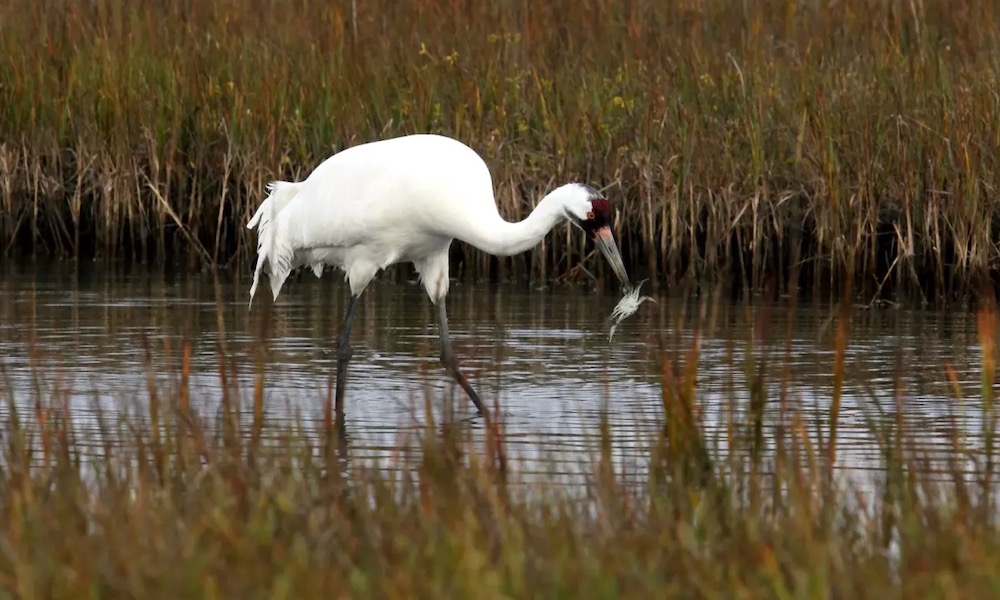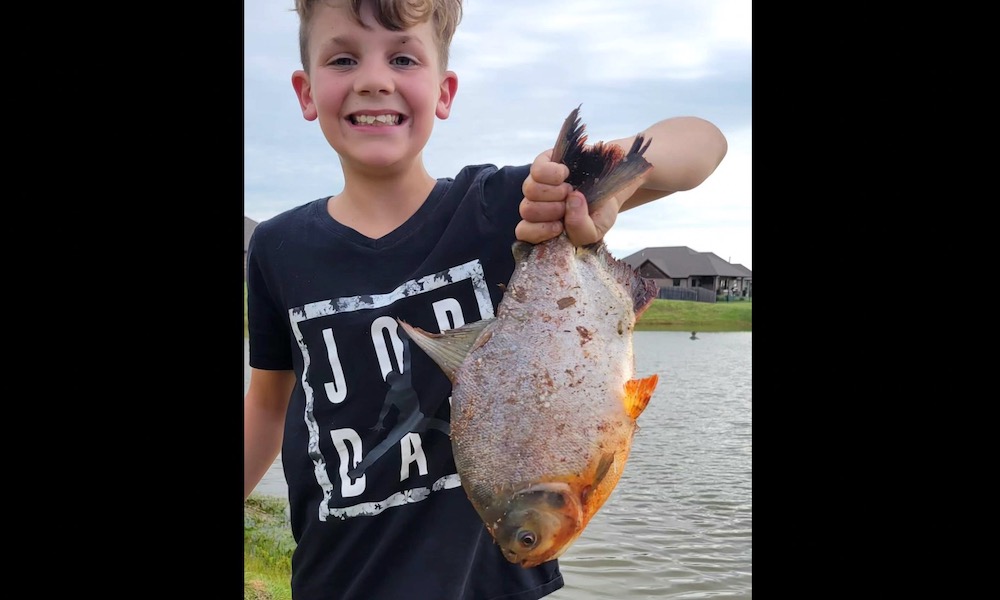Four men in Oklahoma were ordered to each pay $17,000 in restitution and a $750 fine for killing four endangered whooping cranes, a migratory bird for which there is no season.
Joseph H. Roman, 43, and Justin M. Wine, 40, of Altus, Chanod M. Campbell, 32, of Gould, and Brian Lee Gollihare Jr., 35, of Hollis, were hunting at Tom Steed Reservoir in southwest Oklahoma on or about Nov. 5, 2021 when the wildlife crimes occurred, according to the U.S. Attorney’s Office, Western District of Oklahoma.
They attempted to hide the birds before leaving the scene.
“This is a great example of state and federal agencies working closely together throughout the investigation,” said Nathan Erdman, Law Enforcement Chief for the Oklahoma Department of Wildlife Conservation. “The outstanding ODWC Game Wardens were tireless in tracking down leads and in their collection of key evidence that led to this outcome.
“Rest assured that those committing wildlife violations in Oklahoma will be caught thanks to thorough investigations like this along with tips from the public.”

All four defendants pleaded guilty and, at sentencing hearings last week, they learned of their financial penalties. Plus, they were ordered to forfeit their shotguns and lost their hunting privileges in all 50 states for the next 5 years.
The $68,000 total in restitution will be paid to the International Crane Foundation.
The whooping crane, protected by the Migratory Bird Treaty Act, is the rarest of birds in North America and is highly endangered with less than 600 in the wild. It is the tallest bird in North America, reaching a height of 5 feet with a wingspan of more than 7 feet.
“Each of us bears responsibility to protect endangered wildlife so that the species is preserved for future generations,” said U.S. Attorney Robert Troester. “My office stands with and commends the work done by our federal and state law enforcement partners, and we hope this case serves as a warning for those who would harm endangered species.”
The U.S. Fish and Wildlife Service and the Oklahoma Department of Wildlife Conservation investivated the case, and it was prosecuted by Asst. U.S. Attorney Charles Brown.
Photos courtesy of U.S. Fish and Wildlife Service and the Texas Parks and Wildlife Department.




